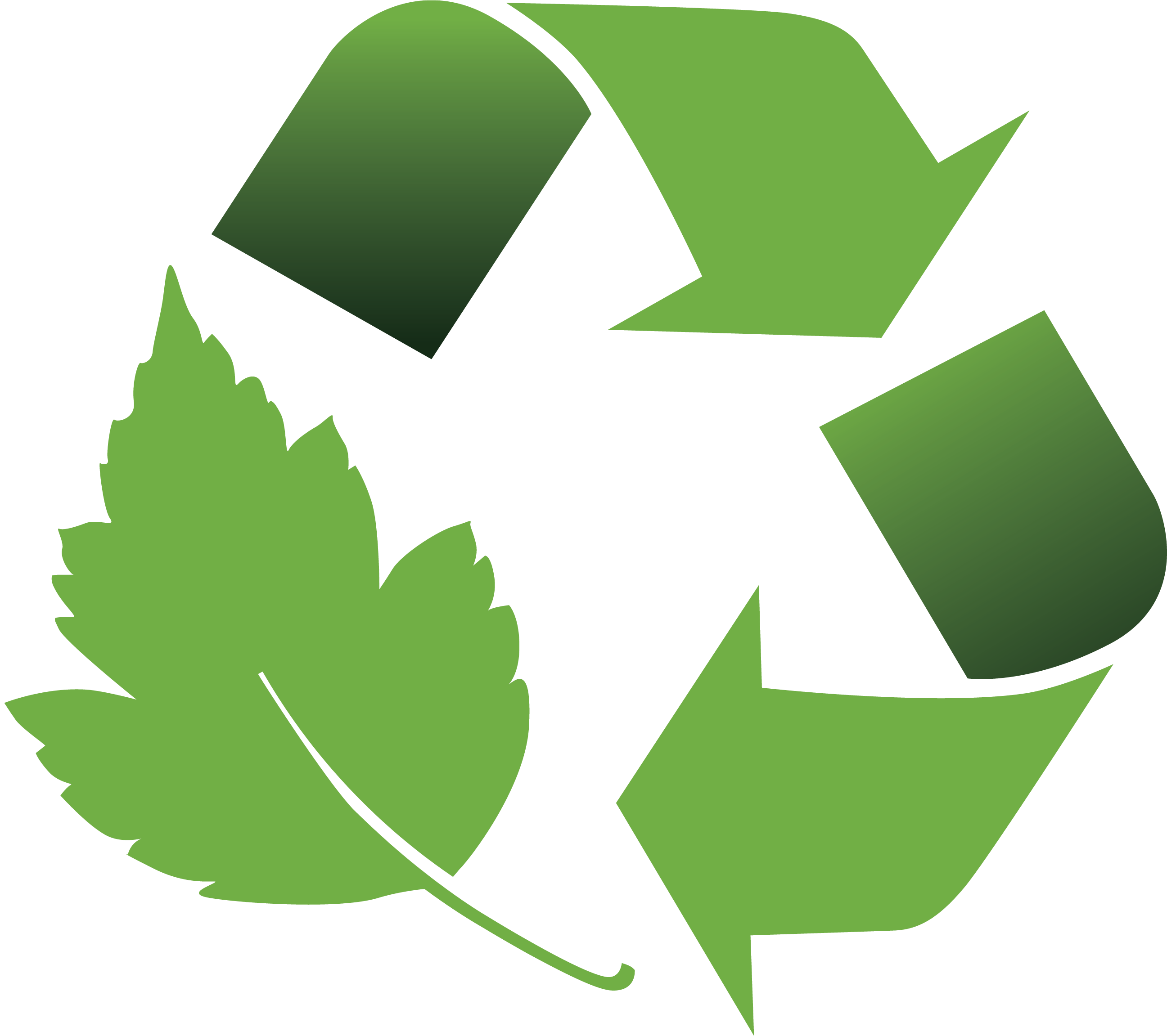What is Corrosion? (aka "Tarnish")


Corrosion comes in many forms and as we approach the holiday season, silver is as popular as ever and with that, corrosion (aka tarnish) remains an important issue. But do you really know what corrosion is? If you spent an evening browsing the web for corrosion definitions, you would find some are specific, some are in the middle with regard to complexity, and some are broader and more profound. Here are two of our favorites:
1. “Physicochemical interaction between a metal and its environment which results in changes in the properties of the metal and which may often lead to impairment of the function of the metal, the environment, or the technical system of which these form a part.” - ISO 8044-1986
The renowned International Organization for Standardization is defining corrosion as a reaction with metals and the environment which is limiting to the materials but what is interesting is that corrosion may not be just detrimental for the material but also for the environment. As an example, one of our Intercept Technology colleagues in the Mid-west had an Intercept wrapping job to protect tools and dies stored outdoors. Of course the company wanted to inexpensively protect theirs and their customers investment from degradation but the bigger issue was the rust run off “impairing” the wetlands in their backyard. Like many in industry, this company has a responsibility to their environment and they took the corrective action with Intercept protection.
With regard to metals, for example, most people would identify corrosion as the visible rust on a gas grill, car muffler, or wheel barrow, but the definition of corrosion expands well beyond that of ferrous metal rust. The non-ferrous metals like tin, silver, and copper (as in the skin metal of the Statue of Liberty), all develop oxides on their skins that are corrosion. Non-ferrous metals are used in many products important to our lives including jewelry and flatware. Corrosion, in these circumstances, most certainly impairs the appearance of such items when corrosion develops.
2. “Corrosion is an irreversible interfacial reaction of a material (metal, ceramic, polymer) with its environment which results in consumption of the material or in dissolution into the material of a component of the environment.” IUPAC - International Union of Pure and Applied Chemistry
This second definition is comprehensive. The categories mentioned - metal, ceramic, and polymer - constitute a multitude of the products we humans manufacture and use every day. This increased awareness of corrosion brings our discussion to an unusual place: the chimney of a home. On the less sunny side, an ugly moss can grow on the chimney's angular portion where the chimney narrows upward. That moss comes from spores in the atmosphere and is causing the bricks and mortar to discolor and etch, therefore corrode. The materials involved, brick, mortar and the source fungus, mold and mildew, are not considered typical for a corrosion discussion, but fits in based on the IUPAC definition. Also, keep in mind that rubbers, paper, and fabrics, all react to certain elements in the atmosphere and become consumed, so based on these two definitions, they also corrode. And as we have seen with higher prices on metals such as silver and gold, rubbers and ceramics, as well as polymers, have been used more frequently in silver jewelry in order to reduce costs and selling prices. Therefore it is equally important to prevent tarnish and corrosion of these materials as well. And in case you were wondering? Yes, Intercept Technology products, are a superior brand of anti tarnish packaging that protect these materials from corrosion as well.




